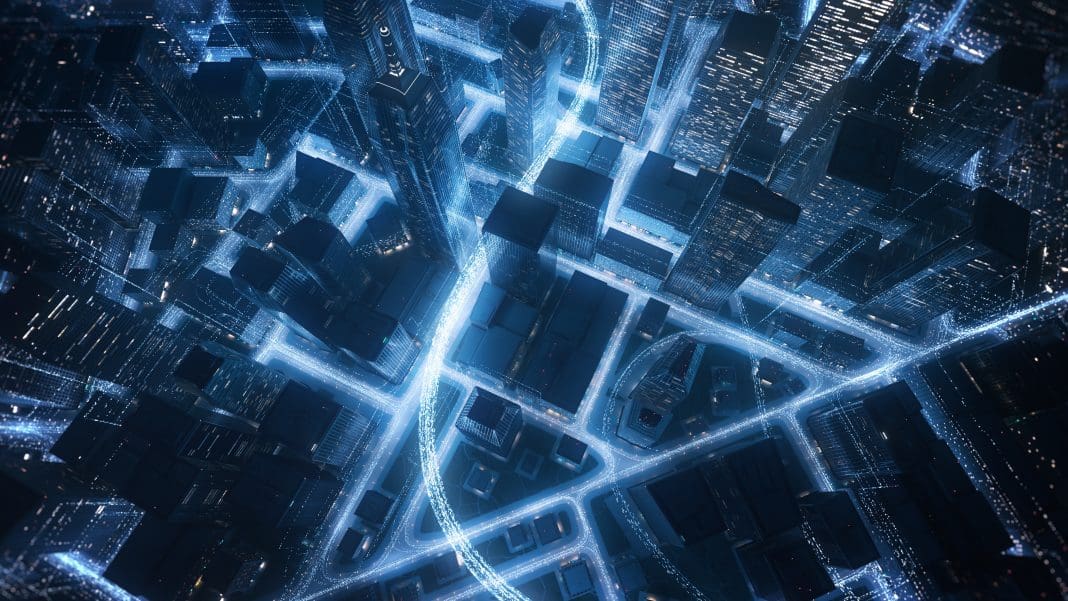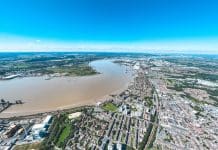Global infrastructure is facing pressure like never before. Growing populations, time, and the impact of global warming are putting our built environment to the test – and it’s a test it’s currently failing, explains Andrea Bartoli, chief technology officer at Worldsensing
More than two in five bridges in the US are at least 50 years old, and over 45,000 are deemed ‘structurally deficient’, while US infrastructure and technology failures exploded by 800% between 2021 and 2022.
But ageing infrastructure isn’t just a US problem. Countries around the world are wrestling with decades-old infrastructure and the risks they pose.
The UK’s Royal Institute of British Architects called last autumn for a public building audit as the country grapples with its RAAC (Reinforced Autoclaved Aerated Concrete) crisis – where cheaper concrete used in postwar Britain is reaching the end of its lifespan, putting public infrastructure at risk of collapse.
With lives on the line, the stakes couldn’t be higher, and inaction isn’t an option. So how can authorities and organisations get ahead of safeguarding our global infrastructure, and what role can technology play?
Age is much more than a number
Urban infrastructure is quite literally the fabric of our society. But ageing architecture coupled with a growing population means building integrity can be, in many cases, at risk of collapse.
The issue is only exacerbated by the growing spectre of climate change. As extreme weather events become ever more common, our infrastructure is having to withstand conditions that it was simply not designed to stand up to.
Extreme heat can lead to buckling, increased freeze-thaw cycles can cause materials to fail, and rising flood risks can mean previously safe structures become overwhelmed.
From dams and railroads to bridges and viaducts, when our global infrastructure fails, lives are put at risk, and billions of dollars worth of vital assets are lost. Investing in resilience by monitoring the integrity of our structures is critical to avoiding future failures.
Yet, despite its importance, sectors of our industry are slow in embracing new technology and automating their systems.
Instead, many continue to rely on outdated monitoring that relies on deploying civil engineers to identify risks in person.
This reactive approach is limited. However, new technology is enabling us to shift towards proactive, continuous, automated monitoring that identifies emerging issues before they even occur.
Continuous monitoring is crucial
Thankfully, modern advancements mean that we now have the power to effectively monitor even our most remote infrastructure, collecting data that provides invaluable insight and, crucially, can help prevent future failures.
It’s all powered by digitisation. The Internet of Things (IoT) technology is bringing large-scale infrastructure to life by enabling us to continuously monitor the stresses and strains that it experiences.
No longer do you have to send out engineers to monitor structures or complete spot checks.
Instead, modern technology, like Vibration Meters, enables us to collect data in real-time using connected and low-power embedded sensors. This data can then be automatically uploaded to the cloud, where it can be remotely monitored around the clock.
Considering that something like vibration analysis would previously require engineers to place accurate seismic sensors in the fields, collect all the raw data, return to the office, convert the data into ground motion and analyse all the information, this is a game-changer for infrastructure.
It enables civil engineers to monitor any architecture anywhere in the world at any time. Not only can it help us spot potential failures, but it can also lower costs, reduce operational burdens, aid regulatory compliance and give you an edge when it comes to winning bids.
Life-saving potential
Cost-saving benefits aside, one of the true values of remote monitoring is its contribution to helping save lives.
Engineers can now, for example, use tools such as Tiltmeters and Vibration meters to detect early faults in infrastructures, replacing manual measurement with uninterrupted data and anomaly detection.
We’ve seen the life-saving potential of this technology first-hand as Tiltmeters were able
to prevent casualties in a bridge collapse in Johor, Malaysia.
On the day of the incident, two devices detected movement in the bridge triggering an automated alert. This warning was then picked up by a team of expert operators who monitored the situation remotely and contacted local authorities to evacuate the area and immediately close the road leading to the bridge.
As the data had suggested, a 25-meter-long section of the road and bridge had collapsed, but thankfully casualties had been avoided due to the automated early warning.
This is just one real-world example of how investing in resilience and IoT technology can help to safeguard against major infrastructure failure. Whether it’s bridge collapses, train derailments or mining disasters – future-proofing infrastructure monitoring can de-risk projects and increase safety.
Safeguarding the planet and profits
The value of these technologies extends to the environment as they play a part in sustainability efforts. By averting failures, construction and wider civil engineering projects can become more sustainable as maintenance can be managed over time.
There’s also an economic consideration at play here. Infrastructure failures cost billions in damage and compensation.
The current numbers are eye-watering, but even they might soon be eclipsed with experts predicting that nearly $1tn of assets are at risk from climate impact within the next five years.
Monitoring provides a cost-effective solution to help prevent these costs, which means that every dollar spent on resilience can pay dividends in the future.
Infrastructure resilience is essential to our future
The march of time has a heavy tread which, coupled with global challenges, is weakening the structure of our world. But there are solutions.
Leveraging wireless technologies can help build and maintain a safer, more sustainable world that sets up global communities for the future.














